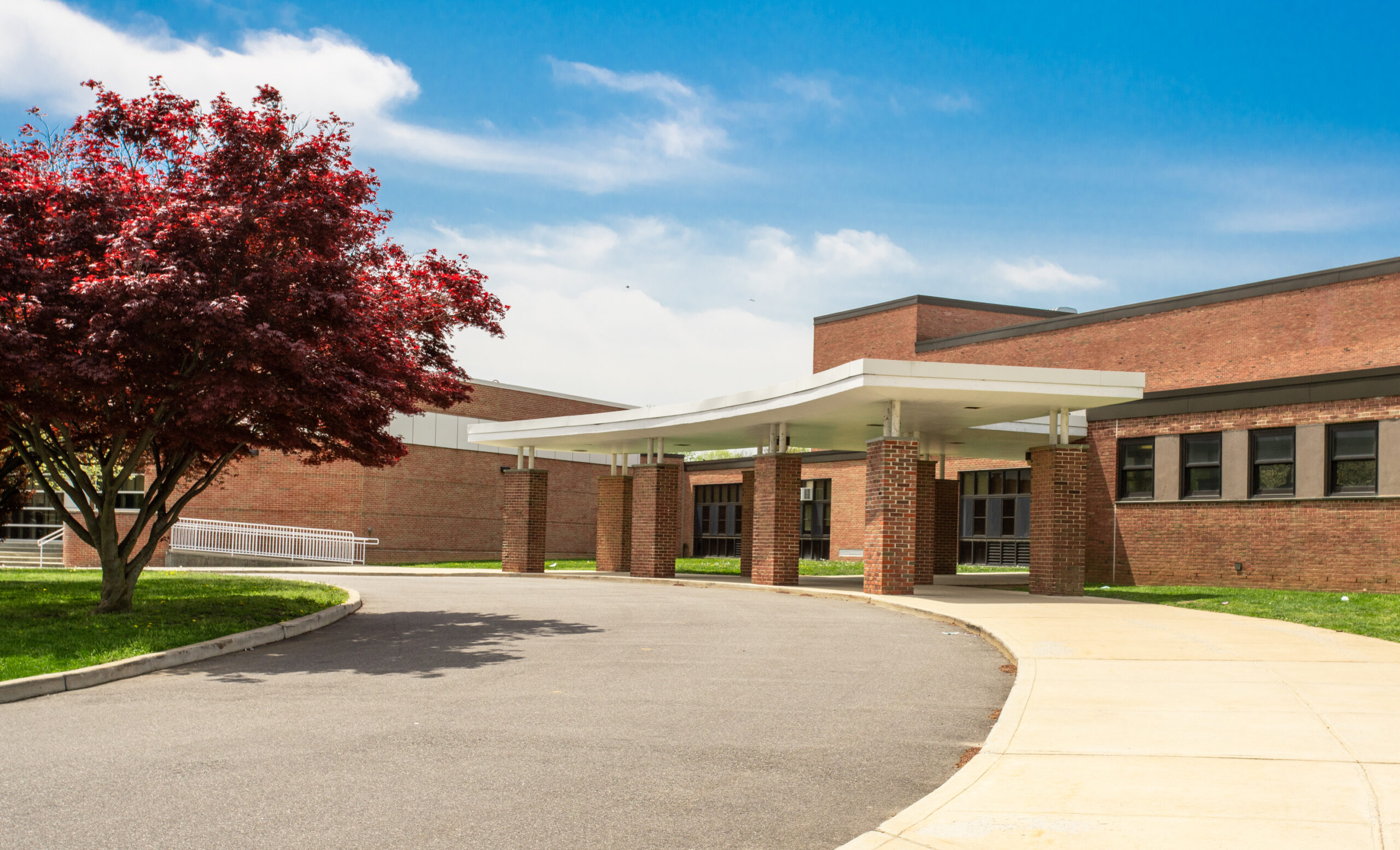UNDERSTANDING YOUR TECHNOLOGY RISKS
Businesses today don’t only hold physical assets. Through the use of technology companies now are responsible for very valuable intangible assets, such as sensitive data, software and intellectual property, which a general liability policy doesn’t account for.
Technology Insurance 101
General liability provides protection in the event of bodily injury or property damage. Technology insurance coverage is designed to protect against the significant risk of economic loss related to the intangible assets a company owns. A comprehensive risk management plan needs to guard against the unique exposures that the use of technology presents.
Terms to Know
Specialized technology protections are relatively new and the terminology is still evolving as exposures are discovered and more claims are handled. As a result, the terminology can be confusing and hard to understand. The following terms are some of the most common you will need to know to best understand your technology risks and protections:
- Cyber liability – A cyber liability policy is a coverage that protects against damage from cyber-attacks, data breaches and other basic risks that result from using electronic communications and data storage. They often cover the cost of recreating damaged or lost data or systems, but do not include the costs that stem from the loss or damage, including legal expenses and data notification costs. Sometimes the term cyber liability is used broadly to describe technology related risks and technology insurance protections in general.
- Data breach notification laws – These state laws dictate the requirements for notification if an organization were to suffer a data breach that compromised personal data, such as Social Security numbers and financial and health information. Each state law varies on the time period that individuals need to be notified of the breach and what situations are exempt from the requirement.
- Cyber property – The intangible property your company owns. This can include websites, data and networks. These intangible assets can all be damaged. To protect your cyber property you may need to broaden the property enhancements on your existing policy. Also, check if you have any coverage that would protect you if your company or an employee caused damage to another organization’s cyber property.
- Media and intellectual property liability – All content on the Internet is considered to be published, meaning it is subject to copyrights and infringement. Negative content published online about a person or company can be considered libelous. Take caution when posting anything to websites, forums or social networking sites.
The exposures and threats of business operations involving technology will continue to grow as technology does. INSURICA can help you keep your business protected against these specialized risks.
About the Author
Share This Story
Related Blogs
Group Health Premiums on the Rise: What Employers Need to Know
In 2025, rising group health premiums are becoming a central concern for employers. Carriers like UnitedHealth, Anthem, and CVS Health have issued projections showing significant cost increases—driven by escalating claims severity, specialty drug costs, and continued labor shortages across provider networks.
SECURE 2.0 Implementation: A New Era in Retirement Planning
The SECURE 2.0 Act, passed in late 2022 and now in active rollout through 2025, is reshaping the landscape of workplace retirement planning. Designed to expand access, modernize plan design, and improve financial preparedness, the law introduces over 90 new provisions—many of which are now surfacing in HR departments across the country.
Visitor Check-In and Access Control Best Practices
Visitor check-in and access control best practices are essential for ensuring campus safety. With increasing security concerns in schools, implementing visitor check-in and access control best practices helps minimize unauthorized access, protect students and staff, and ensure a safe learning environment.








